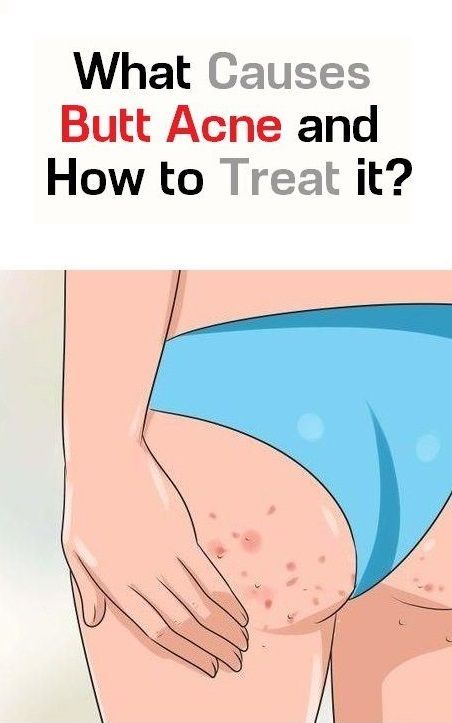Cyst on your butt. Pilonidal Cysts: Causes, Symptoms, and Treatment Options
What are pilonidal cysts. How do pilonidal cysts form. What are the symptoms of an infected pilonidal cyst. How are pilonidal cysts diagnosed and treated. Can pilonidal cysts be prevented.
Understanding Pilonidal Cysts: A Comprehensive Overview
Pilonidal cysts are fluid-filled sacs that develop under the skin in the lower back region, typically near the crease of the buttocks. These cysts can range from barely noticeable to visibly apparent, sometimes appearing as small pits or dimples in the skin. While many pilonidal cysts remain asymptomatic, they can become problematic if infected, leading to a condition known as a pilonidal abscess.
What Exactly Is a Pilonidal Cyst?
A pilonidal cyst is a subcutaneous pocket that forms around hair follicles in the natal cleft—the area between the buttocks. The term “pilonidal” is derived from Latin, meaning “nest of hair,” which aptly describes the nature of these cysts. They are most commonly found in the sacrococcygeal region, just above the tailbone.

The Etiology of Pilonidal Cysts: Understanding the Root Causes
The formation of pilonidal cysts is believed to be multifactorial. Medical experts theorize that these cysts develop when loose hair and dead skin cells become trapped beneath the skin’s surface. The constant friction and pressure in the tailbone area, caused by sitting or bending, can lead to hair breakage. As a person moves, these broken hairs and skin debris can be forced under the skin, triggering an immune response.
How Do Pilonidal Cysts Form?
The body’s immune system recognizes the trapped hair and dead skin cells as foreign entities. In response, it forms a cyst around these materials, which then fills with fluid. This process explains why pilonidal cysts often contain hair when examined.
Identifying the Risk Factors for Pilonidal Cysts
While pilonidal cysts can affect anyone, certain factors increase the likelihood of their development. Understanding these risk factors can help individuals take preventive measures and seek early intervention if necessary.
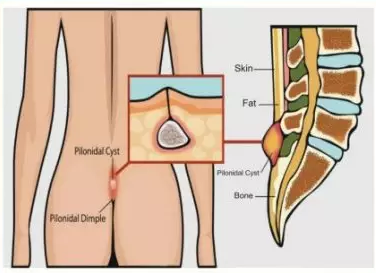
- Gender and Age: Young men are at a higher risk of developing pilonidal cysts.
- Anatomical Predisposition: Individuals born with a dimple or pit in their tailbone area are more susceptible.
- Sedentary Lifestyle: Prolonged sitting increases the risk of cyst formation.
- Body Composition: Being overweight or obese is associated with a higher incidence of pilonidal cysts.
- Hair Characteristics: Abundant body hair, especially if thick or coarse, can contribute to cyst development.
- Clothing Choices: Wearing tight clothing that applies pressure to the tailbone area may increase the risk.
- Genetic Factors: A family history of pilonidal cysts suggests a possible hereditary component.
Recognizing the Signs and Symptoms of Pilonidal Cysts
Pilonidal cysts can manifest in various ways, ranging from asymptomatic to severely painful when infected. Recognizing the signs and symptoms is crucial for early detection and treatment.
What Are the Telltale Signs of an Infected Pilonidal Cyst?
An infected pilonidal cyst, also known as a pilonidal abscess, typically presents with the following symptoms:

- Localized pain, redness, and swelling in the affected area
- Drainage of pus or blood from a small opening (sinus tract) in the skin near the cyst
- Fever, indicating a systemic response to the infection
- Discomfort when sitting or during movement
- Foul odor emanating from the infected site
It’s important to note that uninfected pilonidal cysts may not cause any noticeable symptoms, making regular self-examination crucial for early detection.
Diagnostic Approaches for Pilonidal Cysts
The diagnosis of pilonidal cysts is primarily clinical, based on the characteristic location and appearance of the lesion. Healthcare providers typically rely on physical examination and patient history to make an accurate diagnosis.
How Are Pilonidal Cysts Diagnosed?
The diagnostic process for pilonidal cysts usually involves the following steps:
- Medical History: The doctor will inquire about symptoms, duration, and any previous occurrences.
- Physical Examination: A thorough inspection of the tailbone area is performed to assess the cyst’s appearance and any signs of infection.
- Palpation: The healthcare provider may gently press on the area to check for tenderness or drainage.
- Imaging Studies: In some cases, ultrasound or MRI may be used to evaluate the extent of the cyst or to plan for surgical intervention.
In most instances, additional tests are unnecessary, as the clinical presentation is often sufficient for diagnosis.
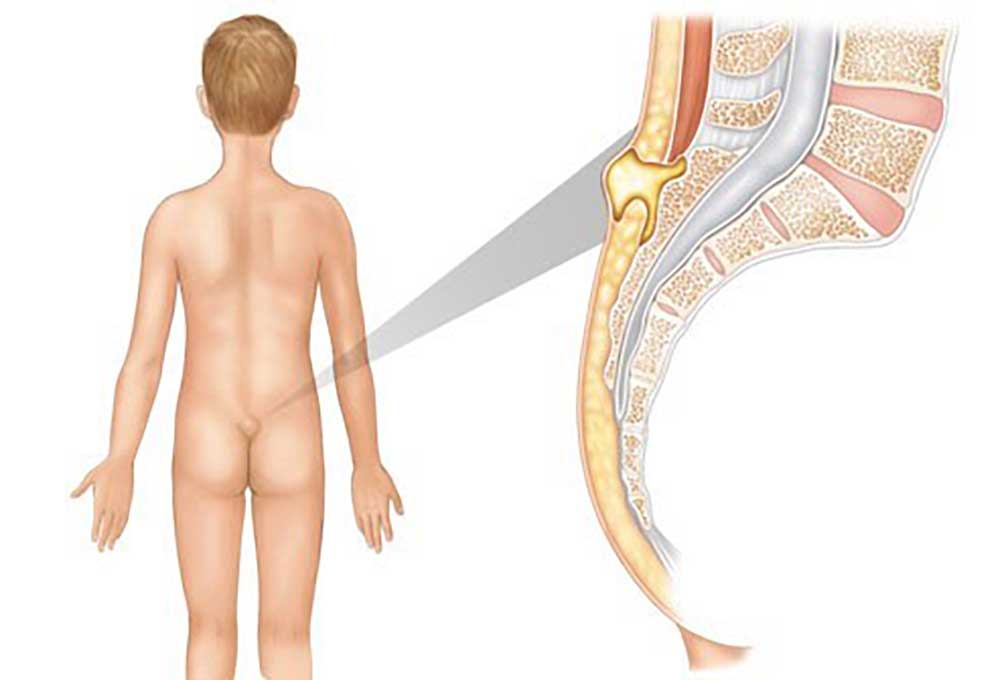
Treatment Modalities for Pilonidal Cysts: From Conservative to Surgical Approaches
The management of pilonidal cysts depends on the severity of the condition and whether infection is present. Treatment options range from conservative measures to surgical interventions.
What Are the Available Treatment Options for Pilonidal Cysts?
Treatment strategies for pilonidal cysts include:
- Conservative Management: For asymptomatic or mildly symptomatic cysts, observation and good hygiene practices may be sufficient.
- Home Care: Mild infections can be managed with sitz baths and warm compresses to promote drainage and relieve discomfort.
- Incision and Drainage: The Gips procedure, involving a small incision to drain the abscess, is commonly used for infected cysts.
- Antibiotics: Systemic antibiotics may be prescribed if the infection spreads beyond the cyst.
- Surgical Excision: For recurrent or complex cases, complete surgical removal of the cyst may be recommended.
The Gips Procedure: A Minimally Invasive Approach
The Gips procedure is a minimally invasive technique used to treat infected pilonidal cysts. It involves making a small incision to drain the abscess, providing immediate relief from pain and pressure. This procedure is often performed in an outpatient setting under local anesthesia.

Post-Treatment Care and Prevention Strategies
Proper post-treatment care is essential for optimal healing and prevention of recurrence. Following a pilonidal cyst treatment, patients should adhere to specific care instructions to promote recovery and reduce the risk of future complications.
How Can Individuals Care for a Pilonidal Cyst at Home?
Post-treatment care for pilonidal cysts typically includes:
- Maintaining proper hygiene by cleaning the area as directed by the healthcare provider
- Regular hair removal in the affected area through shaving or depilatory products
- Avoiding prolonged periods of sitting
- Sleeping on the side or stomach to reduce pressure on the tailbone area
- Taking prescribed antibiotics as directed, if applicable
- Changing or removing bandages as recommended by the healthcare provider
- Refraining from bathing or swimming until cleared by the doctor
Can Pilonidal Cysts Be Prevented?
While it may not be possible to prevent pilonidal cysts entirely, certain measures can reduce the risk of their formation or recurrence:

- Maintaining good personal hygiene, especially in the tailbone area
- Regular hair removal to reduce the likelihood of hair becoming embedded in the skin
- Maintaining a healthy weight to reduce pressure on the tailbone region
- Avoiding prolonged periods of sitting and taking regular breaks to move around
- Wearing loose-fitting clothing to reduce friction in the affected area
- Considering permanent hair removal methods, such as laser hair removal, for individuals prone to recurrent cysts
Long-Term Outlook and Potential Complications
Understanding the long-term prognosis and potential complications associated with pilonidal cysts is crucial for patients and healthcare providers alike. While many cases resolve with appropriate treatment, some individuals may experience recurrence or ongoing issues.
What Is the Prognosis for Individuals with Pilonidal Cysts?
The prognosis for pilonidal cysts is generally favorable, with most cases responding well to treatment. However, several factors can influence the long-term outlook:

- Recurrence Rate: Even after successful treatment, pilonidal cysts can recur in some individuals. The recurrence rate varies depending on the treatment method and individual factors.
- Chronic Sinus Tracts: In some cases, persistent sinus tracts may develop, requiring ongoing management or additional surgical intervention.
- Scarring: Surgical treatment may result in scarring, which can be a cosmetic concern for some patients.
- Quality of Life: Recurrent or chronic pilonidal disease can significantly impact an individual’s quality of life, affecting daily activities and self-esteem.
Are There Any Potential Complications Associated with Pilonidal Cysts?
While complications from pilonidal cysts are relatively rare, they can occur, especially if left untreated. Potential complications include:
- Abscess Formation: Infected cysts can develop into abscesses, requiring immediate medical attention.
- Cellulitis: The infection may spread to surrounding tissues, causing cellulitis.
- Sepsis: In rare cases, severe infections can lead to systemic complications such as sepsis.
- Squamous Cell Carcinoma: Although extremely rare, chronic pilonidal disease has been associated with an increased risk of squamous cell carcinoma in the affected area.
Regular follow-up with healthcare providers and adherence to preventive measures can help minimize the risk of complications and improve long-term outcomes for individuals with pilonidal cysts.
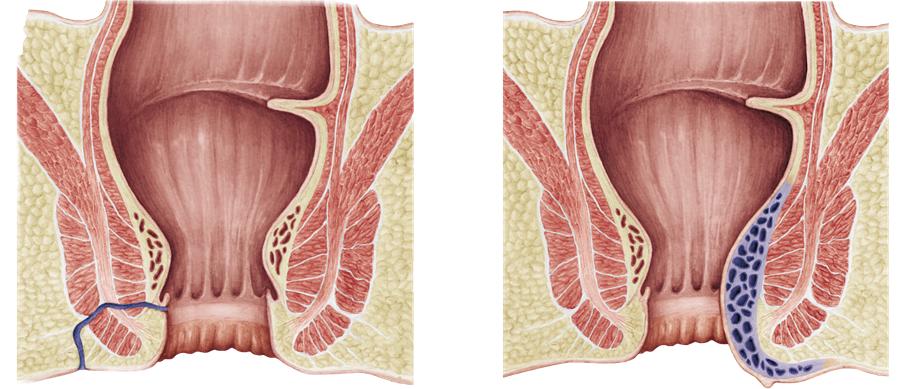
Innovations in Pilonidal Cyst Management: Emerging Treatments and Research
The field of pilonidal cyst management is continually evolving, with researchers and clinicians exploring new treatment modalities and refining existing approaches. These innovations aim to improve treatment efficacy, reduce recurrence rates, and enhance patient outcomes.
What Are Some of the Latest Advancements in Pilonidal Cyst Treatment?
Recent advancements in the management of pilonidal cysts include:
- Endoscopic Treatment: Minimally invasive endoscopic techniques are being developed to treat pilonidal sinuses with reduced scarring and faster recovery times.
- Laser Therapy: Laser-assisted techniques are being explored for hair removal and sinus tract ablation in pilonidal disease.
- Platelet-Rich Plasma (PRP) Therapy: Some studies are investigating the use of PRP to enhance wound healing after pilonidal cyst surgery.
- Negative Pressure Wound Therapy: This technique is being applied to promote healing in complex or recurrent pilonidal wounds.
- Biodegradable Materials: Research is ongoing into the use of biodegradable materials to fill sinus tracts and promote tissue regeneration.
These emerging treatments offer promising alternatives to traditional surgical approaches, potentially reducing recovery time and improving patient satisfaction. However, further research and long-term studies are needed to establish their efficacy and safety profiles.
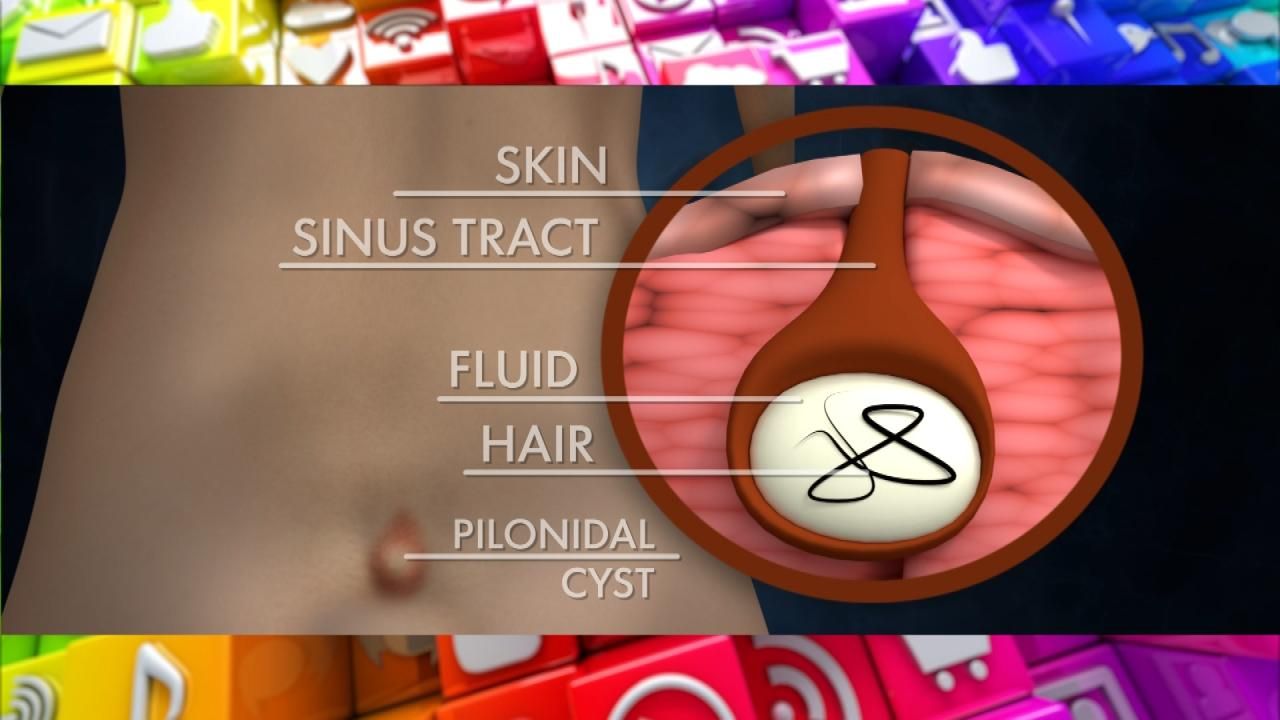
How Might Future Research Impact Pilonidal Cyst Management?
Ongoing research in pilonidal cyst management is focused on several key areas:
- Genetic Studies: Investigating genetic factors that may predispose individuals to pilonidal disease could lead to more targeted prevention strategies.
- Microbiome Research: Understanding the role of the skin microbiome in pilonidal cyst formation may lead to novel therapeutic approaches.
- Tissue Engineering: Advances in tissue engineering could provide new options for reconstructing the natal cleft after cyst removal.
- Immunomodulatory Therapies: Research into the immune response to pilonidal cysts may yield new treatment options that target the underlying inflammatory process.
- Personalized Medicine: Tailoring treatment approaches based on individual patient factors and disease characteristics could improve outcomes and reduce recurrence rates.
As research progresses, it is likely that pilonidal cyst management will become more personalized and effective, offering patients a wider range of treatment options and improved long-term outcomes. Healthcare providers should stay informed about these advancements to provide the most up-to-date care for their patients with pilonidal disease.
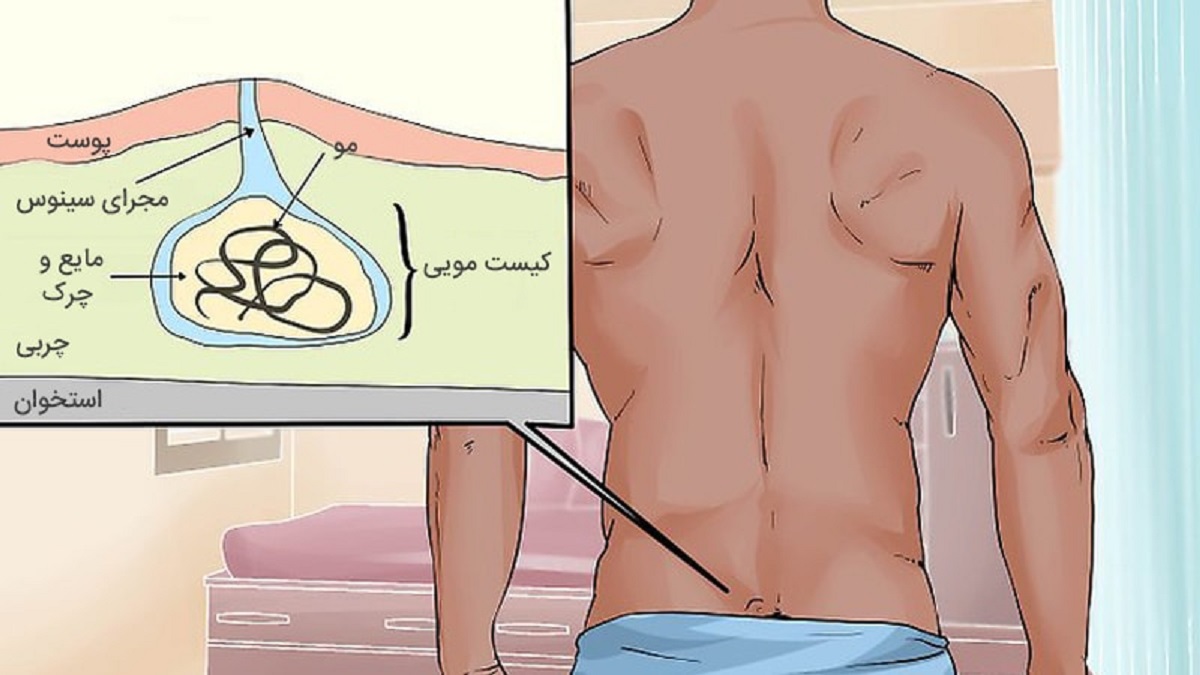
Pilonidal Cyst (for Parents) – Nemours KidsHealth
en español: Quiste pilonidal
Reviewed by: Elana Pearl Ben-Joseph, MD
Primary Care Pediatrics at Nemours Children’s Health
What Is a Pilonidal Cyst?
A pilonidal cyst is a fluid-filled sac under the skin in the lower back, near the crease of the buttocks. Some aren’t visible, while others can look like a small pit or dimple in the skin.
They don’t usually cause problems or need treatment unless they get infected. A pilonidal (pie-luh-NIE-dul) cyst that’s infected is called a pilonidal abscess.
What Are the Signs & Symptoms of a Pilonidal Cyst?
A cyst that isn’t infected might not cause any symptoms. Someone with an infected cyst can have:
- pain, redness, and swelling in the area of the cyst
- pus or blood draining from a small opening (called a sinus tract) in the skin over or near the cyst
- a fever
What Causes a Pilonidal Cyst?
Doctors think that pilonidal cysts form when loose hair and dead skin cells get trapped under the skin. When we sit or bend, skin in the tailbone area stretches. This can cause hairs to break off. As a person moves, the broken hairs and dead skin cells can get pushed under the skin. The immune system treats the hair and dead skin cells as foreign, and forms a cyst around them that fills with fluid.
When we sit or bend, skin in the tailbone area stretches. This can cause hairs to break off. As a person moves, the broken hairs and dead skin cells can get pushed under the skin. The immune system treats the hair and dead skin cells as foreign, and forms a cyst around them that fills with fluid.
Who Gets Pilonidal Cysts?
Anyone can get a pilonidal cyst, but they’re most common in young men.
A person can be more likely to develop a pilonidal cyst if they:
- are born with a dimple or pit in their tailbone area
- spend a lot of time in a sitting position
- are overweight
- have a lot of body hair, especially if it’s thick or coarse
- wear tight clothing that presses on the tailbone area
- have family members with a pilonidal cyst
How Is a Pilonidal Cyst Diagnosed?
Doctors usually diagnose a pilonidal cyst based on where it is and how it looks and feels.
How Is a Pilonidal Cyst Treated?
A cyst that doesn’t cause symptoms might not need treatment.
Treatment for a pilonidal abscess depends on how severe the infection is. Home care with sitz baths and warm compresses can treat mild infections. If home care doesn’t work or the infection is more serious, doctors might make do the Gips procedure. This involves making a small cut to drain the abscess. They might prescribe antibiotics if the infection spreads to skin around the cyst.
How Can Parents Help?
To care for a pilonidal cyst at home:
- Clean the area as directed.
- If the doctor tells you to, regularly remove hair from the area by shaving or using a hair removal product. Permanent hair removal, such as laser hair removal, also might be an option.
- Remind your child to avoid sitting for long periods of time.
- Suggest that your child sleep on their side or stomach, which can be more comfortable.
If your child had a pilonidal cyst drained:
- If the doctor prescribed antibiotics, give them as directed.

- Change or remove the bandage as recommended.
- Your child shouldn’t take a bath or swim until the doctor says it’s OK.
What Else Should I Know?
After the infection heals, the doctor may suggest surgery to remove the cyst. Even after surgery, pilonidal cysts sometimes come back. Keeping the area clean and free of hair can help prevent an infection and new cysts.
Reviewed by: Elana Pearl Ben-Joseph, MD
Date reviewed: January 2020
Share:
/content/kidshealth/misc/medicalcodes/parents/articles/pilonidal-cyst
Surgery for pilonidal cyst: MedlinePlus Medical Encyclopedia
URL of this page: //medlineplus. gov/ency/article/007591.htm
gov/ency/article/007591.htm
To use the sharing features on this page, please enable JavaScript.
A pilonidal cyst is a pocket that forms around a hair follicle in the crease between the buttocks. The area may look like a small pit or pore in the skin that contains a dark spot or hair. Sometimes the cyst can become infected, and this is called a pilonidal abscess.
An infected pilonidal cyst or abscess requires surgical drainage. It will not heal with antibiotic medicines. If you continue to have infections, the pilonidal cyst can be removed by surgery.
There are several types of surgery.
Incision and drainage — This is the most common treatment for an infected cyst. It is a simple procedure done in the health care provider’s office.
- Local anesthesia is used to numb the skin.
- A cut is made in the cyst to drain fluid and pus. The hole is packed with gauze and left open.
- Afterward, it can take up to 4 weeks for the cyst to heal.
 The gauze has to be changed often during this time.
The gauze has to be changed often during this time.
Pilonidal cystectomy — If you keep having problems with a pilonidal cyst, it can be removed surgically. This procedure is done as an outpatient procedure, so you will not need to spend the night in the hospital.
- You may be given medicine (general anesthesia) that keeps you asleep and pain-free. Or, you may be given medicine (regional anesthesia) that numbs you from the waist down. In rare cases, you may only be given local numbing medicine.
- A cut is made to remove the skin with the pores and the underlying tissue with the hair follicles.
- Depending on how much tissue is removed, the area may or may not be packed with gauze. Sometimes a tube is placed to drain fluid that collects after surgery. The tube is removed at a later time when the fluid stops draining.
It may be hard to remove the entire cyst, so there is a chance that it will come back.
Surgery is needed to drain and remove a pilonidal cyst that does not heal.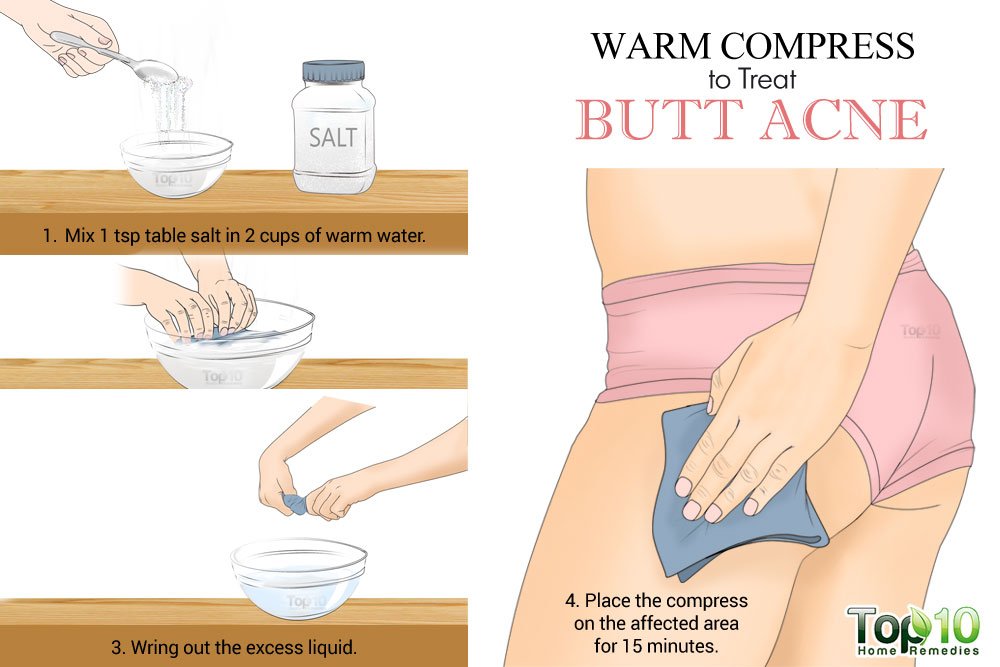
- Your provider may recommend this procedure if you have pilonidal disease that is causing pain or infection.
- A pilonidal cyst that is not causing symptoms does not need treatment.
Non-surgical treatment may be used if the area is not infected:
- Shaving or laser removal of hair around the cyst
- Injection of surgical glue into the cyst
Pilonidal cyst resection is generally safe. Ask your provider about these complications:
- Bleeding
- Infection
- Taking a long time for the area to heal
- Having the pilonidal cyst come back
Meet with your provider to make sure medical problems, such as diabetes, high blood pressure, and heart or lung problems are in good control.
Tell your provider:
- What medicines, vitamins, and other supplements you are taking, even ones you bought without a prescription.
- If you are or could be pregnant.
- If you have been drinking a lot of alcohol, more than 1 or 2 drinks a day.

- If you are a smoker, stop smoking several weeks before the surgery. Your provider can help.
- You may be asked to temporarily stop taking blood thinners, such as aspirin, ibuprofen (Advil, Motrin), naproxen (Aleve, Naprosyn), vitamin E, clopidogrel (Plavix), warfarin (Coumadin), and any other medicines like these.
- Ask your provider which medicines you should take on the day of your surgery.
On the day of the surgery:
- Follow instructions about whether you need to stop eating or drinking before surgery.
- Take the medicines your provider told you to take with a small sip of water.
- Follow instructions on when to arrive at the hospital. Be sure to arrive on time.
After the procedure:
- You can go home after the procedure.
- The wound will be covered with a bandage.
- You will get pain medicines.
- It is very important to keep the area around the wound clean.
- Your provider will show you how to care for your wound.

- After it heals, shaving the hair in the wound area may help prevent pilonidal disease from coming back.
Pilonidal cysts come back in about one half of the people who have surgery the first time. Even after a second surgery, it may come back.
Pilonidal abscess; Pilonidal dimple; Pilonidal disease; Pilonidal cyst; Pilonidal sinus
Hyman N, Umanskiy K. Anus. In: Townsend CM Jr, Beauchamp RD, Evers BM, Mattox KL, eds. Sabiston Textbook of Surgery. 21st ed. St Louis, MO: Elsevier; 2022:chap 53.
Johnson EK, Vogel JD, Cowan ML, et al. The American Society of Colon and Rectal Surgeons’ clinical practice guidelines for the management of pilonidal disease. Dis Colon Rectum. 2019;62(2):146-157. PMID: 30640830 pubmed.ncbi.nlm.nih.gov/30640830/.
Wells K, Pendola M. Pilonidal disease and perianal hidradenitis. In: Yeo CJ, ed. Shackelford’s Surgery of the Alimentary Tract. 8th ed. Philadelphia, PA: Elsevier Saunders; 2019:chap 153.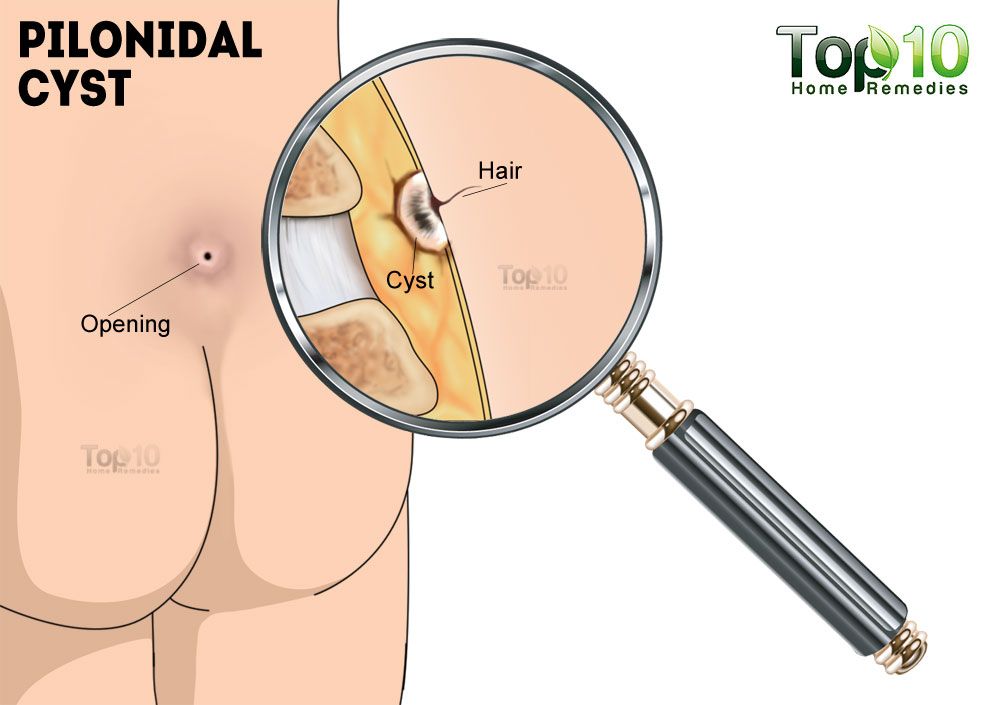
Updated by: Debra G. Wechter, MD, FACS, General Surgery Practice Specializing in Breast Cancer, Virginia Mason Medical Center, Seattle, WA. Also reviewed by David Zieve, MD, MHA, Medical Director, Brenda Conaway, Editorial Director, and the A.D.A.M. Editorial team.
Tailbone cyst (coccygeal passage), treatment at “VERBA MEDICAL” LLC
Mon.-Fri. 09:00 – 17:00
Sat. 09:00 – 15:00
Ave. M.Lushpy 31A
Sumy
Choose a languageRusUkr
Epithelial coccygeal passage (coccygeal cyst) is an acquired or congenital pathology in the sacrococcygeal region, caused by the formation of a cavity under the skin in the intergluteal fold in the form of a tunnel or channel lined from the inside with an epithelium that has the properties of ordinary skin (the presence of hair follicles, sebaceous and sweat glands). This cavity is located at a depth of 2-3 cm, is in no way connected with the coccyx and bones, it may have one or more exits to the skin surface.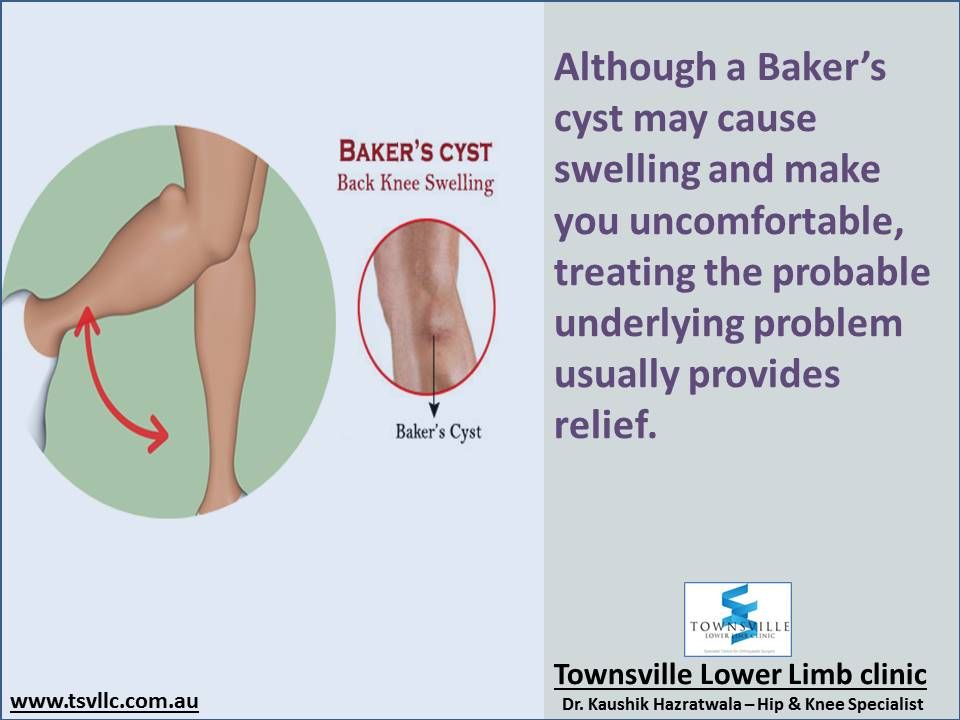
This pathology most often develops as a result of impaired intrauterine development. Another reason for the formation of an epithelial coccygeal passage may be the abnormal growth of hair cutting into the skin. This pathology is also called the “jeep” disease, since it develops more often in men with dark skin, increased hairiness, overweight, with a deep intergluteal fold, leading a sedentary lifestyle (drivers, tractor drivers, office workers, etc.)
do not manifest itself for many years and the patient may not even know about its presence.
In the event that an infection gets into the openings of the cyst or an injury develops in the coccygeal passage, an inflammatory process develops. This leads to an increase in the size of the epithelial coccygeal passage and the destruction of its walls. Inflammation passes to the surrounding tissue.
Direct exacerbation and formation of a coccygeal fistula lead to:
- Sedentary work and excess weight
- Non-observance of hygiene rules
- Excessive hairline
- Excessive sweating
- Permanent injury
- Concomitant diseases (diabetes mellitus, dishormonal disorders)
Symptoms of the epithelial coccygeal passage
Exacerbation of the disease is manifested by such symptoms as:
- discomfort in the coccyx and lower back;
- swelling of the skin in the sacrococcygeal region;
- reddening of the skin in the projection of the cyst;
- acute or dull pain, bursting and hoarseness, depending on the severity of the disease in the projection of the coccyx while sitting or walking fast, running.

With prolonged or absent treatment, inflammation progresses, the cyst suppurates, an abscess develops. There is general intoxication, weakness, body temperature rises, headaches, nausea appear. A purulent discharge may be discharged from the fistulous opening.
The chronic form of the disease leads to serious complications:
- opening of the cyst membrane, infection around the lying tissues, development of phlegmon with further spread of its purulent contents into the small pelvis, bone structures of the coccyx and sacrum, soft tissues of the back, etc.;
- infection of the blood with the development of sepsis;
- and the most favorable outcome is the opening of a purulent abscess outwards in the form of a fistula.
Treatment of epithelial coccygeal tract
Epithelial coccygeal tract is a potential focus of inflammation with the formation of purulent infiltrates and fistulas. Conservative treatments can only give temporary results.


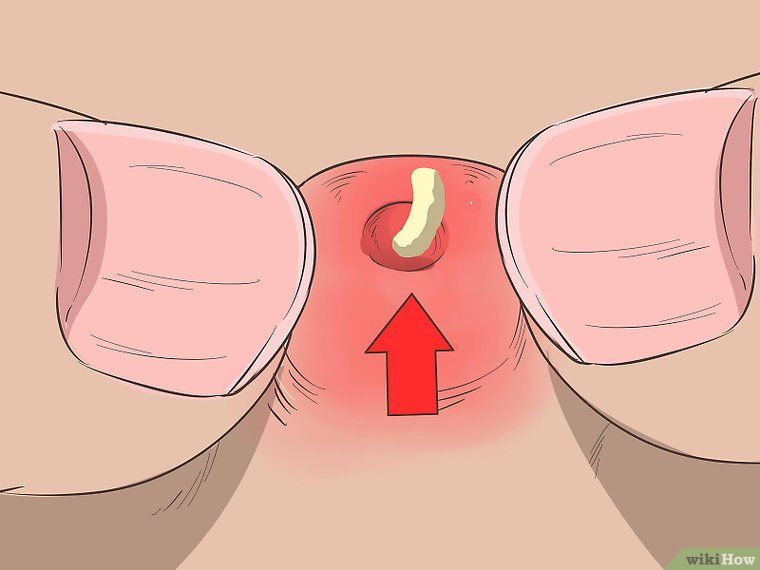 The gauze has to be changed often during this time.
The gauze has to be changed often during this time.
